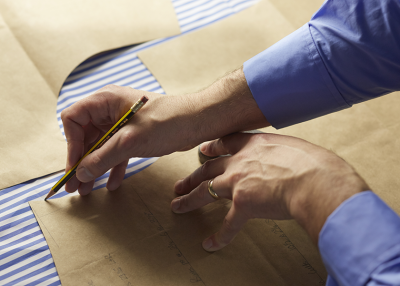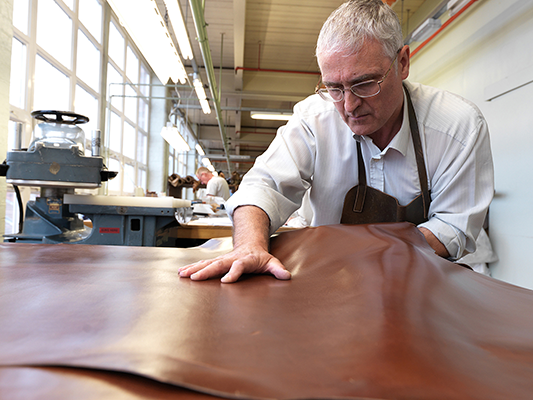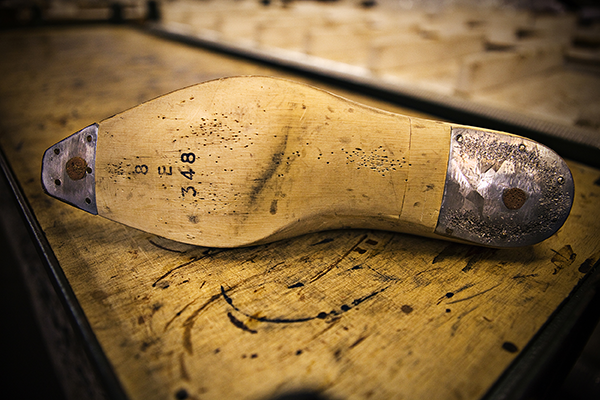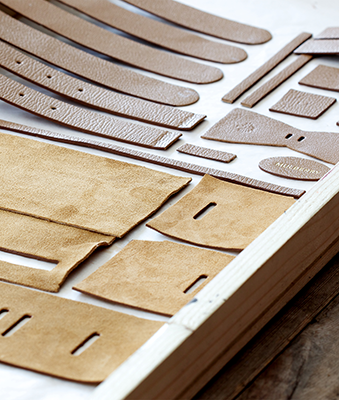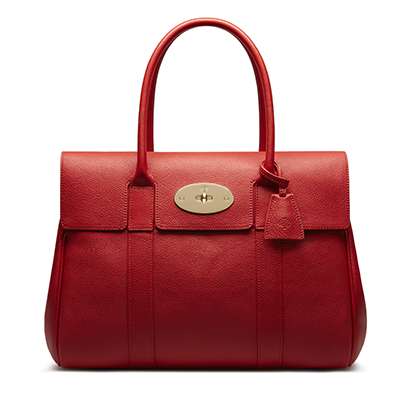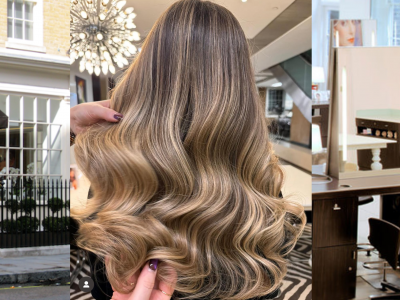It’s a bold claim — if only because it sets Budd among the best bespoke shirtmakers in the world. But it is perhaps justified by the very lack of scale that allows the company to spend an atypical time finessing the details. Its three cutters and 12 seamstresses make just 3,500 shirts a year, including those made-to-measure and ready-to-wear, sold online and via its discreet, cosy Piccadilly store.
Most of the bespoke details are hidden — for example, the extensive in-built overlap of fabric at shoulder and cuff, which allows for a stronger, neater finish. Others are tangible — the use of the best Swiss, silk-like fabrics, for example, or the cuff pleating. As Murphy notes, pleating can be done to almost the same standard by machine in 40 minutes, but Budd chooses to do it by hand, which takes more than four hours — “almost” is just not the same. “Such are the little details you come to appreciate in bespoke,” Murphy says. “And once you notice them, there’s no going back, I’m afraid. There is not enough appreciation for good shirts, despite the fact men have such an intimate, daily relationship with them. I think that appreciation is tainted by the need for ironing. You need a good laundry service or a suitable domestic situation.”
But Budd’s difference is as much cultural as it is physical — it encourages extending the life of its clients’ shirts by offering a service that will replace worn collars and cuffs. And, unusually for bespoke menswear services, most of which prefer to railroad a customer towards a house style, Budd embraces a challenge. Recent projects have included making technically complex shirts with one-piece sleeving and even a safari shirt-cum-jacket. “That’s the advantage of being a smaller company. If we like the idea of something, we can try it. We can experiment,” says Murphy.
Not that such moves aim towards Budd getting a higher profile. Indeed, Murphy, like his customers, rather appreciates that Budd is something of a carefully protected secret among shirt cognoscenti. He even plans to do away with all labelling, as was the tradition among bespoke suit and shirt-makers. “After all, the only person who needs to know where their shirt is from is the person who’s wearing it,” he says.
